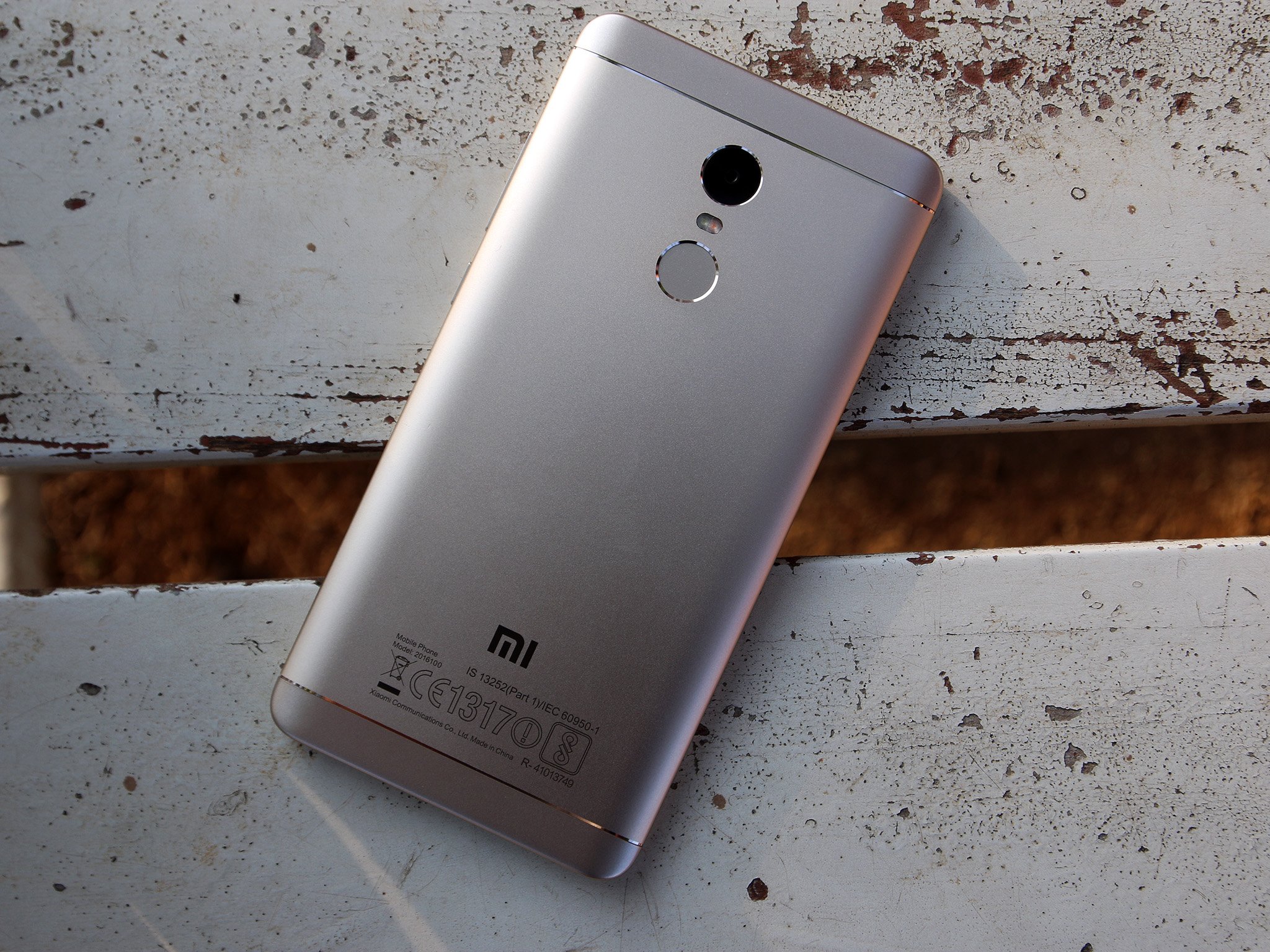Chinese manufacturers dominate in India as local handset makers retreat

Chinese brands now account for over 46% of the smartphone market in India, with the likes of Xiaomi, OPPO, Vivo, and Lenovo pushing out local handset makers. According to data compiled by Canalys, 28.1 million smartphones were shipped in Q4 2016, with Samsung taking the number one spot. Samsung has the lion's share of the market at 22%, followed by Xiaomi at 11%, and OPPO at 9%.
The growth has come at the expense of Indian brands Micromax, Intex, and Lava Mobiles, which saw their collective market share decline from over 30% in Q4 2015 to just under 11% in 2016. The sales figures in the last quarter were particularly affected by the India's demonetization, in which the government banned high-value notes, wiping out 85% of the currency in circulation. The shortfall in cash led to a decline in sales for local vendors, who primarily rely on brick-and-mortar stores to push phones.
Local handset makers had a 30% market share in Q4 2015. In Q4 2016, that number decreased to 11%.
While overall sales decreased by as much as 17% last quarter, Counterpoint Research noted that the Indian smartphone segment crossed 300 million sales over the course of 2016, a YoY increase of 18%. If we look at the yearly sales figures, Samsung is leading the pack with a 25% share, followed by Micromax at 11% and Lenovo (including Motorola's sales) at 9%.
The figures highlight the predicament faced by local handset makers as they try to compete with their Chinese rivals. The likes of Micromax and Intex were able to weather the initial influx of Xiaomi and Lenovo relatively unscathed as these brands focused on online sales. But the entry of OPPO and Vivo has led to local brands losing a lot of ground in the offline market.
Micromax, in particular, hasn't released a compelling phone in a long time, and its current offerings don't come close to what's on offer from Chinese brands. Samsung also lost a few percentage points over the course of the year, but the company's Galaxy J series has once again turned out to be a moneymaker.
Xiaomi and Lenovo are winning online; OPPO and Vivo are winning offline.
Xiaomi crossed the $1 billion revenue mark in India last year, with the company's Redmi Note 3 turning out to be one of the best-selling devices of the year with over 3.5 million sales. The company is looking to continue the momentum this year with the Redmi Note 4, which has a better design and improved internals.
Heavy marketing spend combined with a strong offline presence contributed to OPPO and Vivo's massive increase in sales last year. Both brands sell primarily offline, teaming up with thousands of brick-and-mortar stores to promote their handsets. Vivo bagged the lucrative title sponsorship rights for the Indian Premier League, the country's premier cricketing league, and OPPO launched an ad blitz that featured prominent Bollywood celebrities.
Get the latest news from Android Central, your trusted companion in the world of Android
It looks like we'll see much of the same this year as well. Lenovo has announced that it wants to be the second-largest smartphone vendor in the country, and is launching phones at a steady cadence to get there. Xiaomi is similarly off to a great start, with the brand already netting over 250,000 sales for its Redmi Note 4.

Harish Jonnalagadda is Android Central's Senior Editor overseeing mobile coverage. In his current role, he leads the site's coverage of Chinese phone brands, networking products, and AV gear. He has been testing phones for over a decade, and has extensive experience in mobile hardware and the global semiconductor industry. Contact him on Twitter at @chunkynerd.
